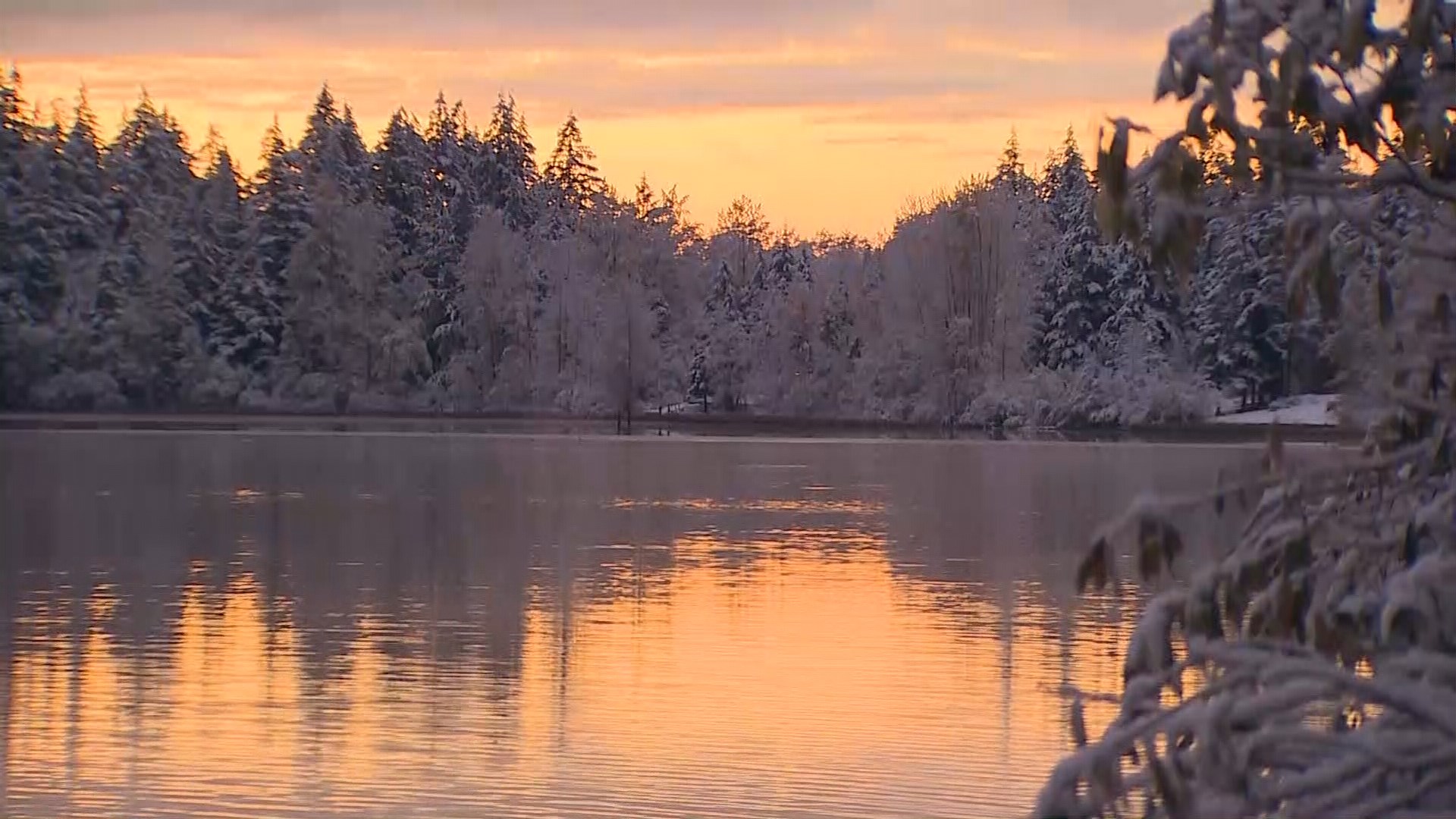The winter solstice — marking the longest night and fewest hours of daylight of the year — is Thursday. The winter solstice is the precise moment at which the Northern Hemisphere is tilted farthest from the sun.
The solstice occurs at the same instant everywhere on Earth. In the United States, it happened at 11:28 a.m. ET Thursday (10:28 a.m. CT, 9:28 a.m. MT, 8:28 a.m. PT).
One of the most famous solstice celebrations occurs at the ancient Stonehenge ruins in Wiltshire, England, where druids, pagans and other revelers gather each year to celebrate the event.
The winter and summer solstices, along with the equinoxes, loom large in myth and folklore.
"Culturally, the solstices and equinoxes are typically used to denote either the beginnings of the seasons or the center points of the seasons," as in England, said Rick Kline of the Spacecraft Planetary Imaging Facility at Cornell University.
"Christmas, Hanukkah, Kwanzaa and other holidays have arisen out of the solstices, equinoxes and the midpoints between them," he said.
The solstice is the astronomical beginning of winter, even though meteorologists view winter as starting Dec. 1, which is the start of the coldest three months in the Northern Hemisphere. After the solstice, the days slowly start to get longer again.
However, most locations don't have their earliest sunset or latest sunrise on the solstice. Those events occur either weeks before or after Dec. 21.
Additionally, winter's shortest day is typically not the coldest day of the year. There is a bit of a lag between the shortest day of the year and the coldest average temperatures for most spots in the USA.

This lag in temperature occurs because even though the amount of daylight is increasing, the Earth's surface continues to lose more heat than it receives from the sun. In most locations across the U.S., the minimum daily temperature occurs around two or three weeks later, in early to mid-January.
For example, the coldest days in Boston, on average, are Jan. 17-26. In Chicago, it's Jan. 17-20, and in Miami, it's Jan. 2-22. At the end of January, more heat finally begins arriving than leaving, and days slowly start to warm up.
The Earth's tilted axis causes the seasons. During the Northern Hemisphere's winter, the land north of the equator is tilted away from the sun, which lowers the amount of the sun's energy warming the Northern Hemisphere.
Of course, it's all opposite in the Southern Hemisphere, where Dec. 21 marks the beginning of astronomical summer.
And why is the Earth tilted? It's probably the result of collisions with various proto-planets and other massive objects during the formation of the solar system billions of years ago, according to NASA.
Always fascinating to realize that the reason the Earth has the perfect temperature for life to form is a few random collisions with other space rocks uncounted eons ago.
Contributing: Elizabeth Weise, USA TODAY


